At the end of March, I left the Tŷ Newydd Writing Centre for a few days to visit another writing centre in the far north of Scotland. Moniack Mhor is Scotland’s national creative writing centre, and its remoteness put our descriptions of Tŷ Newydd as rural to shame. Although a mere half hour from the city of Inverness, the centre is found (or not found in my case, as I got very lost…) along a winding single track road surrounded by forest and wilderness.
The centre is an old croft and farm sheds, converted into a centre and a separate cottage for tutors and retreats. Its restoration came about in 1992 and was creatively supported by funds raised through a 24 hour poetry recital staged by 24 poets. The creative ethos that created Moniack Mhor has continued, and in 2013 this incredible hut, or eco-friendly Straw Bale Studio, was built in the garden. It’s very Tolkienesque, bringing to mind many fantastical literary scenes, and will no doubt provide inspiration to all visiting writers. I’ve put the eco-hut on my Christmas list, I would love one at Tŷ Newydd. Although we’d need to do something about our fit for a water slide sloping garden… The hut is big enough to host ceilidhs – imagine a twmpath dawns in the Tŷ Newydd garden under the stars.
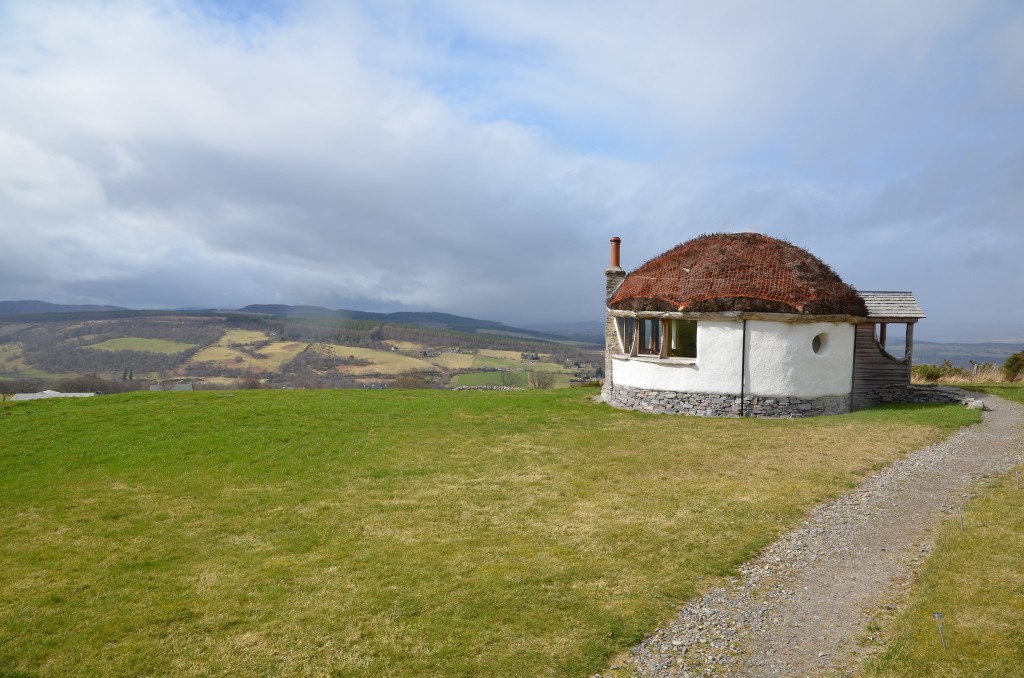
The eco-friendly hut at Moniack Mhor
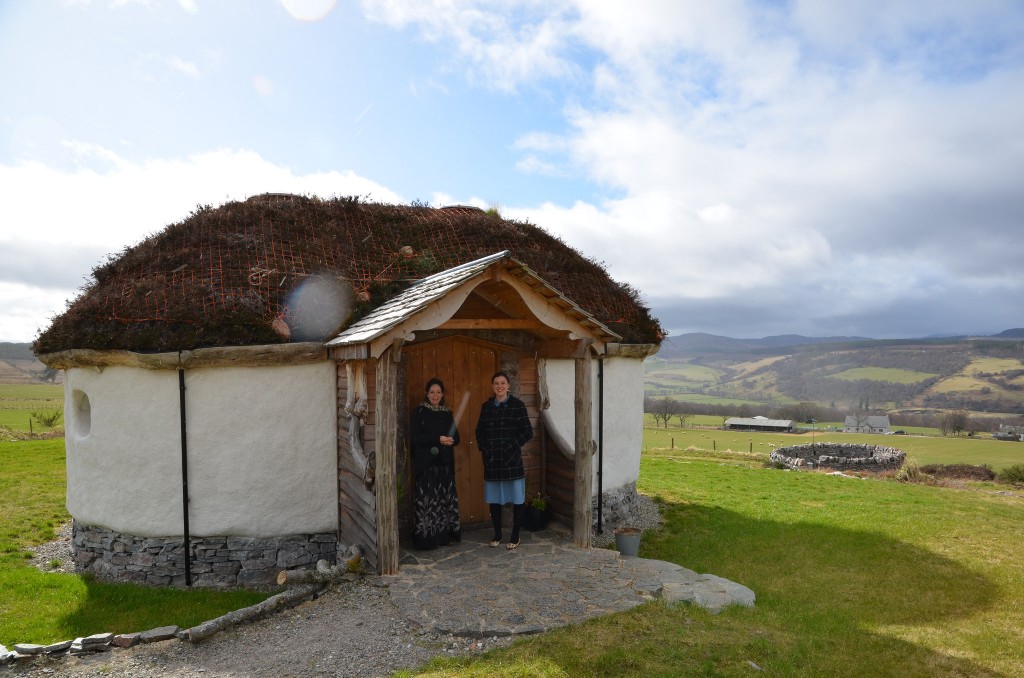
With Rachel, Director of Moniack Mhor
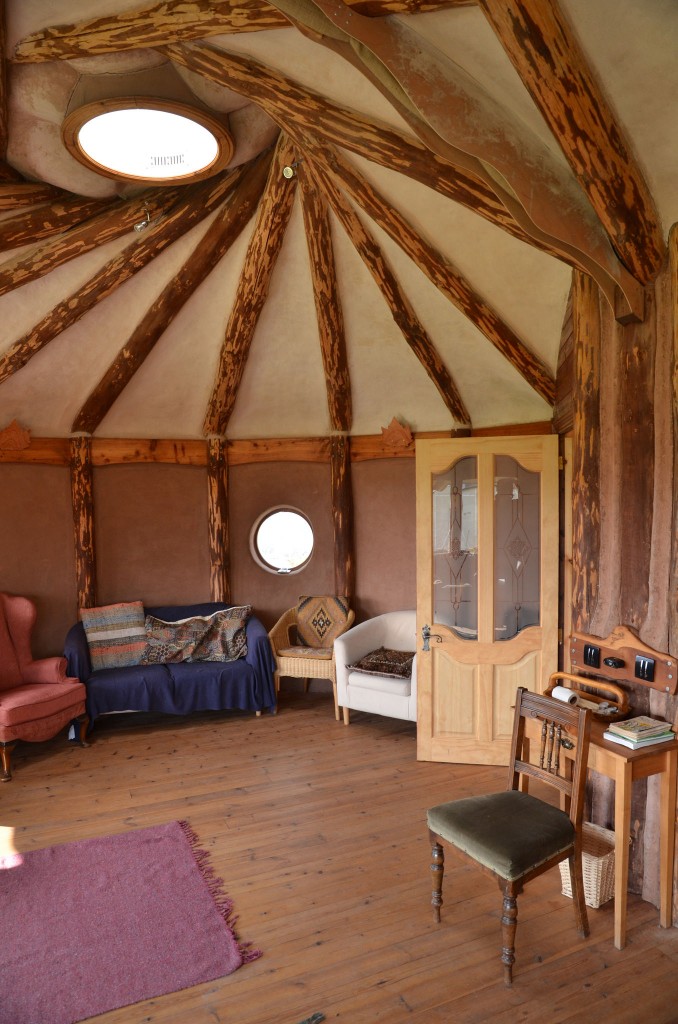
Inside the hut at Moniack Mhor
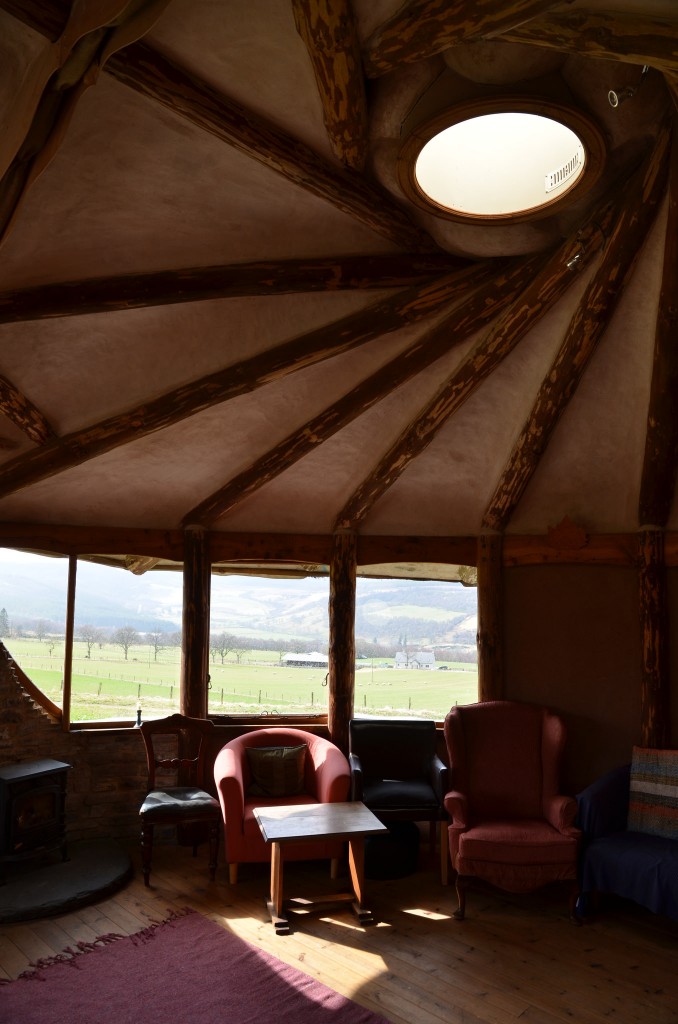
In the hut
Moniack Mhor was formerly a part of the Arvon Foundation partnership, who run three established creative writing centres across England. But in 2015, the centre became independent, a venturous move but also a positive one which gives them more freedom to steer the centre’s future in line with their own strong vision.
The centre is cosy, the dining room and lounge in-one with its stone walls is heated by a log burner. The kitchen is enormous, with a communal wooden table as a centrepiece. The whole centre feels like it’s home to a big family, which is true in a sense, except that it’s a different family every week.
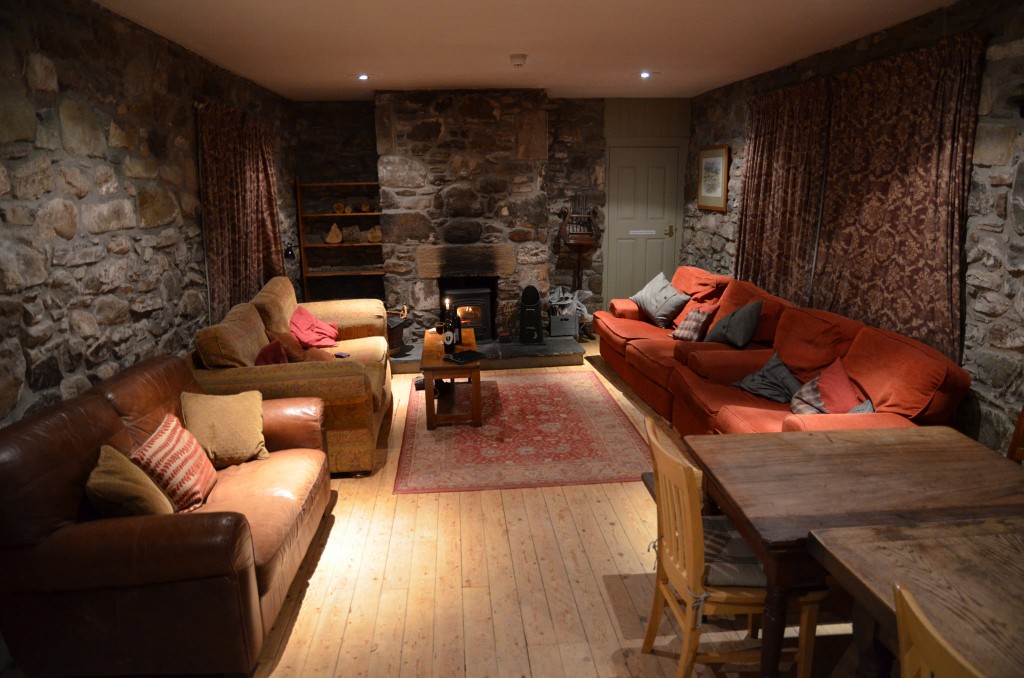
Living Room at Moniack Mhor
I’d like to thank all the centre staff for the warm welcome we received. They’re a small, amiable team who work incredibly hard to ensure that the centre runs smoothly. None of them seemed to notice nor care that it was a bank holiday during our visit, arriving to work early in the morning and getting on with it as usual.
It was useful and reassuring to have discussions about challenges, problems and the ambitions of our respective centres. Similar budgets and grants, the burden of maintaining old buildings, marketing difficulties and attracting customers, and both centre’s toasters being broken! But also the dedication and commitment of staff towards the centres, our stubbornness to succeed against all difficulties, and our aspiration to sell our countries to the world through our literature.
One member of staff at Moniack Mhor is fluent in Scottish Gaelic, having learned the language as an adult. She now speaks Gaelic at home with her children. We discussed how we’d like to work together in organising a retreat focussing on both the Welsh and Gaelic language – which is, by the way, not similar at all! I spent my time in Scotland eavesdropping, and visiting museums eager to find any similarities between both languages – in vain.
I look forward to maintaining the relationship between both centres, to work together and to return to the beautiful Moniack Mhor one day.
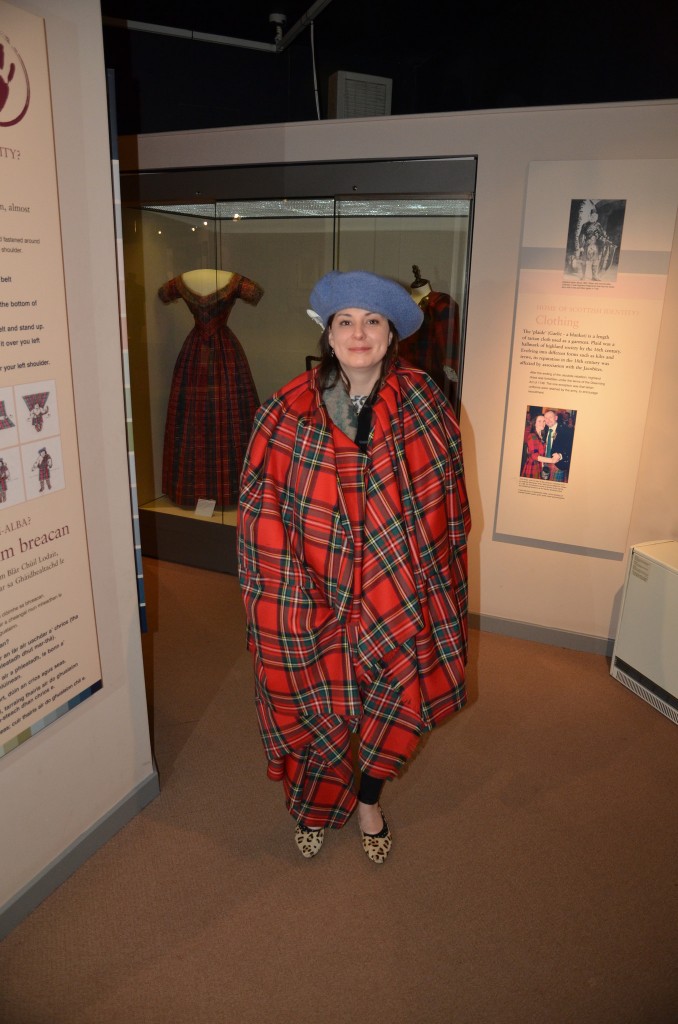
In search of the Gaelic language
Tìoraidh ma-tha, Leusa.